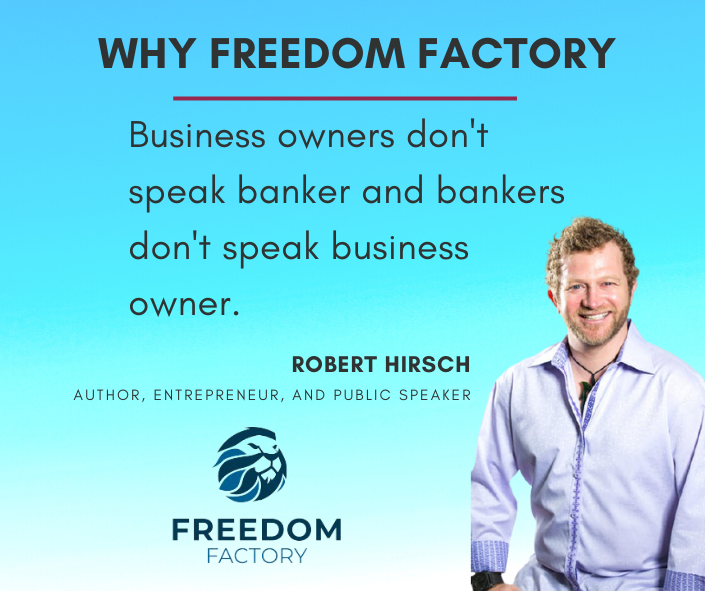To keep knowing and advancing your career, the following resources will be helpful:.
Development equity is often referred to as the personal financial investment technique inhabiting the middle ground between endeavor capital and standard leveraged buyout methods. While this might be real, the method has developed into more than simply an intermediate personal investing method. Growth equity is frequently described as the private financial investment method occupying the happy medium between equity capital and conventional leveraged buyout techniques.
Yes, No, END NOTES (1) Source: National Center for the Middle Market. (2) Source: Credit Suisse, "The Amazing Diminishing Universe of Stocks: The Causes and Repercussions of Fewer U.S.
Alternative investments are complex, intricate investment vehicles and lorries not suitable for appropriate investors - . A financial investment in an alternative investment entails a high degree of threat and no assurance can be offered that any alternative investment fund's investment goals will be accomplished or that financiers will receive a return of their capital.

This market details and its significance is a viewpoint just and must not be trusted as the just important details available. Information contained herein has actually been acquired from sources believed to be reliable, but not ensured, and i, Capital Network presumes no liability for the information supplied. This details is the home of i, Capital Network.
they use utilize). This investment http://rafaelxynb150.hpage.com/post1.html method has actually helped coin the term "Leveraged Buyout" (LBO). LBOs are the main financial investment strategy kind of many Private Equity companies. History of Private Equity and Leveraged Buyouts J.P. Morgan was thought about to have actually made the first leveraged buyout in history with his purchase of Carnegie Steel Company in 1901 from Andrew Carnegie and Henry Phipps for $480 million.
As discussed earlier, the most well-known of these offers was KKR's $31. 1 billion RJR Nabisco buyout. This was the largest leveraged buyout ever at the time, many people thought at the time that the RJR Nabisco deal represented the end of the private equity boom of the 1980s, due to the fact that KKR's investment, however popular, was eventually a considerable failure for the KKR investors who purchased the company.

In addition, a great deal of the money that was raised in the boom years (2005-2007) still has yet to be utilized for buyouts. This overhang of committed capital prevents lots of investors from dedicating to purchase new PE funds. Overall, it is estimated that PE companies handle over $2 trillion in possessions around the world today, with close to $1 trillion in committed capital available to make new PE investments (this capital is often called "dry powder" in the market). tyler tysdal lone tree.
An initial financial investment might be seed funding for the company to start constructing its operations. In the future, if the company shows that it has a practical product, it can acquire Series A financing for more development. A start-up business can finish several rounds of series financing prior to going public or being obtained by a monetary sponsor or tactical purchaser.
Leading LBO PE firms are defined by their big fund size; they have the ability to make the largest buyouts and take on the most debt. LBO transactions come in all shapes and sizes. Total deal sizes can range from 10s of millions to tens of billions of dollars, and can happen on target companies in a variety of markets and sectors.
Prior to carrying out a distressed buyout chance, a distressed buyout firm needs to make judgments about the target business's value, the survivability, the legal and reorganizing problems that may emerge (should the company's distressed properties need to be reorganized), and whether the financial institutions of the target company will end up being equity holders.
The PE company is required to invest each particular fund's capital within a period of about 5-7 years and after that typically has another 5-7 years to sell (exit) the financial investments. PE companies usually utilize about 90% of the balance of their funds for new financial investments, and reserve about 10% for capital to be utilized by their portfolio business (bolt-on acquisitions, additional offered capital, and so on).
Fund 1's committed capital is being invested in time, and being returned to the restricted partners as the portfolio companies because fund are being exited/sold. For that reason, as a PE firm nears completion of Fund 1, it will need to raise a brand-new fund from brand-new and existing minimal partners to sustain its operations.